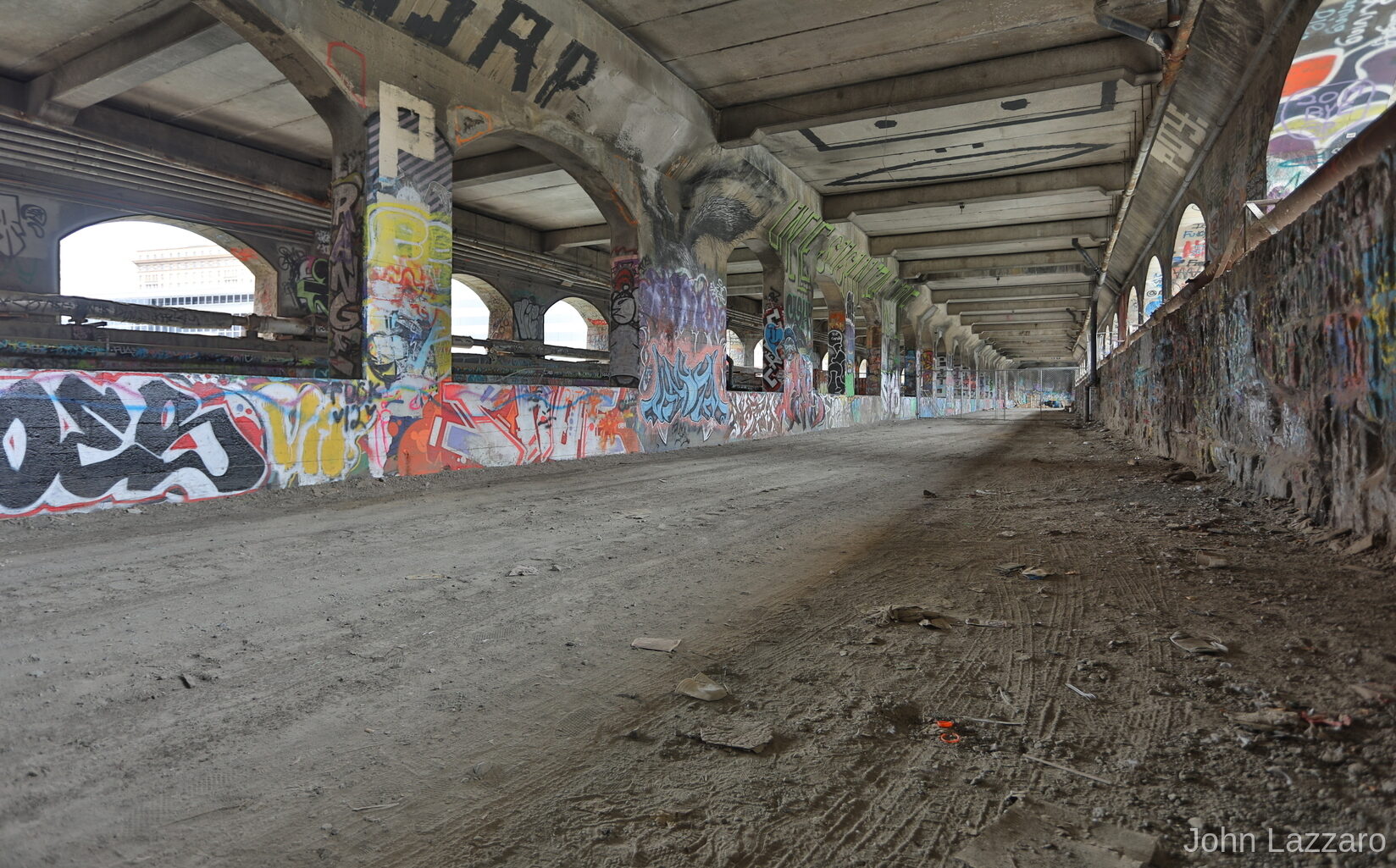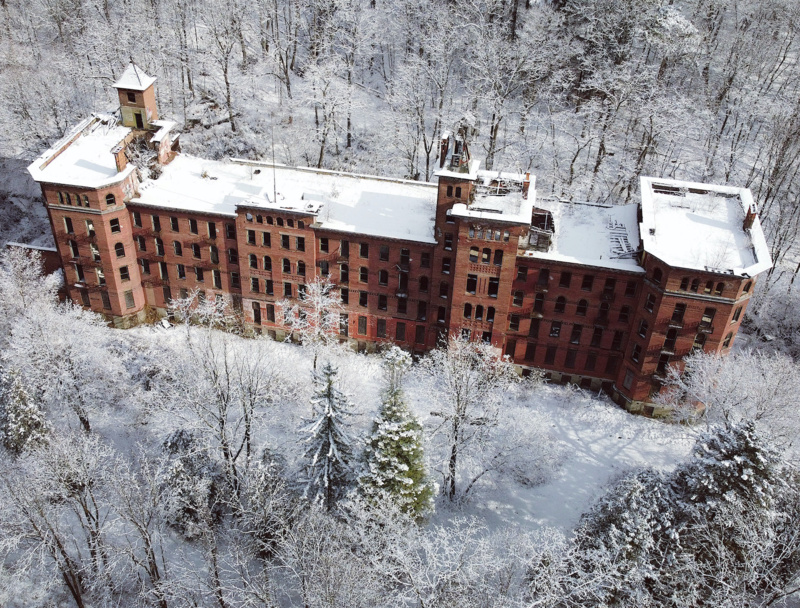Beneath the streets of downtown Rochester lies the remains of the seldom heard-of, but once bustling Rochester Industrial and Rapid Transit Railway; simply known to locals at the time as ‘the Subway.’ It operated for just under 30 years when poor planning and the incorporation of the interstate highway system prevented it from being used to its fullest potential. Today, nearly 70 years after it ceased passenger service, only a few traces of the subway remain.
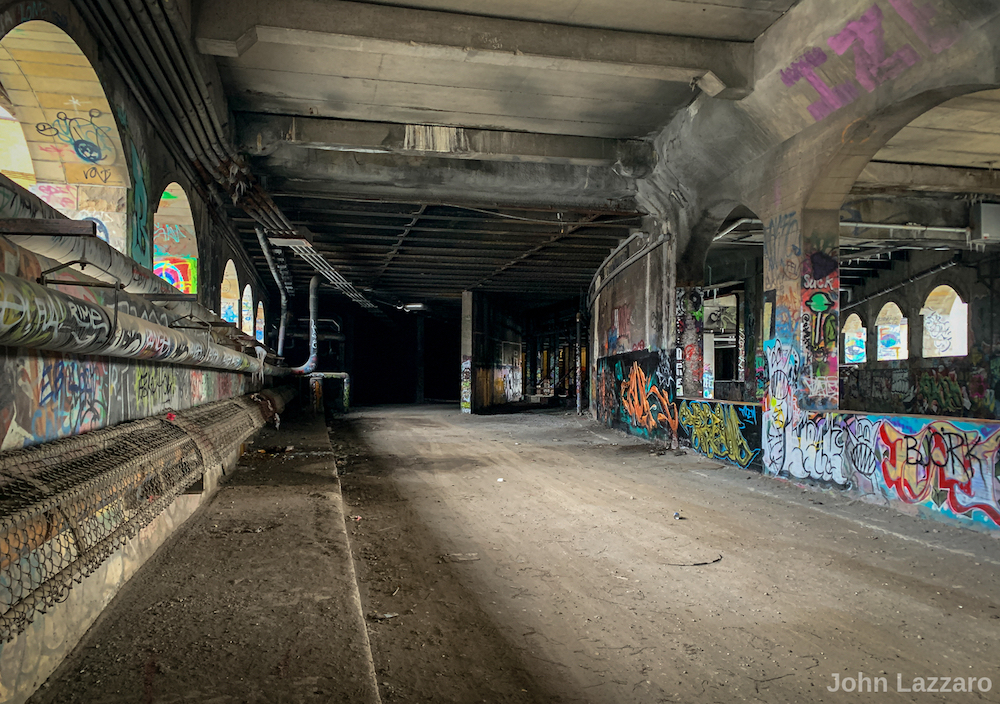
Learn more about the remnants of the Rochester subway and other abandoned locations in the Finger Lakes region at an upcoming live virtual talk with photographer John Lazarro, author of A Vanishing New York: Ruins Across the Empire State, on July 12th! This talk is free for Untapped New York Insiders. Not an Insider yet? Become a member today and get your first month free with code JOINUS.
By the turn of the 20th century, the Erie Canal had been responsible for much of New York’s economic growth. As a result, the City of Rochester had grown to a point where horse, trolley, interurban, automobile, bicycle, and pedestrian traffic had become dangerous and congested. During rush hour, it was not uncommon for over 330 trolleys to travel through the downtown area. The dense traffic made switching trolley cars on the street difficult, as it was necessary to maneuver around different forms of local traffic. As trolleys and automobiles increased in number, so did the number of accidents. In 1912, downtown Main Street was dubbed the “Aisle of Death.” That same year, Rochester’s number of traffic accidents was second to Brooklyn’s.
Once the Erie Canal bed was rerouted from the city center to the south of the city in 1919, it became an eyesore in downtown Rochester. To make use of the former aqueduct, canal bed, and surrounding land, the City of Rochester purchased the abandoned canal remains to create a grade-separated route for interurban trolley cars in an effort to reduce the growing congestion between automobiles and trolley cars on city streets. City planners noted that in addition to relieving traffic congestion, having a subway would help facilitate freight interchanges without the need for new grade crossings between the five railroads entering Rochester – the New York Central; Erie; the Lehigh Valley; the Buffalo, Rochester, & Pittsburgh; and the Pennsylvania Railroads.
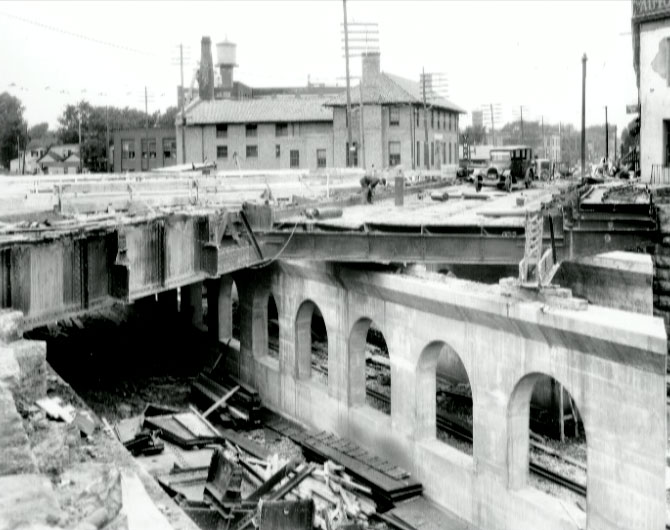
Subway construction was completed on December 1, 1927. The system opened to widespread praise from Rochester’s four newspapers. Over the next two years, extensions were added that provided transportation service to Kodak Park, one of the city’s largest employers. It was during the late 1920s however, that the poor conception of the subway started to reveal itself. When planning for the Rochester Subway began in 1910, automobiles were considered a novelty. But between the time of planning and the subway’s opening in 1927, the number of automobiles in Rochester increased nearly 30 times. More and more transportation companies adopted the bus as a substitute for the trolley. Eventually, the trolley and interurbans became obsolete. Once the Stock Market Crash of 1929 happened, subway ridership dwindled.
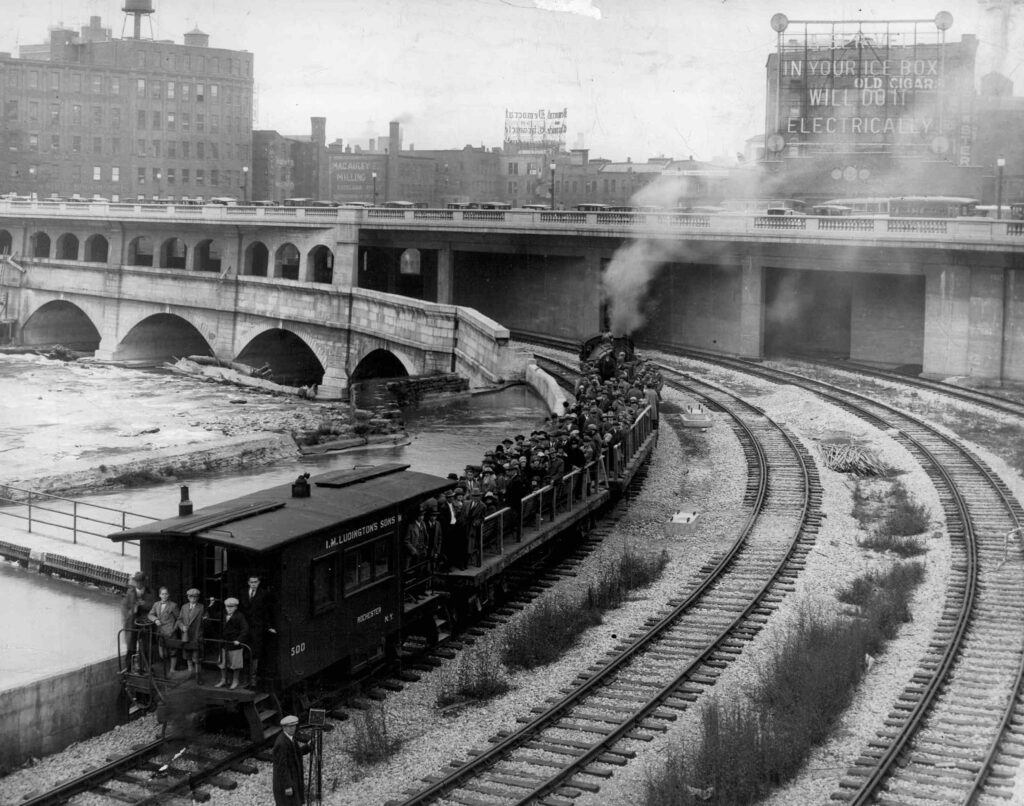
By the time World War II started, the trolley was replaced by an all-bus system. With gas and tire rationing for automobiles, Rochester residents found it much more convenient to rely on public transportation. Subway passenger service grew from under 1.5 million annually pre-war to nearly 5 million in 1945. No sooner had ridership increased than it plummeted again after World War II as city residents started moving to the suburbs. The costs of updating the aging subway system along with the push to add a highway connection to the nearby thruway to Rochester, led city officials first to reduce service and then to end it by July 1956. Some tracks of the subway continued freight service until 1976.
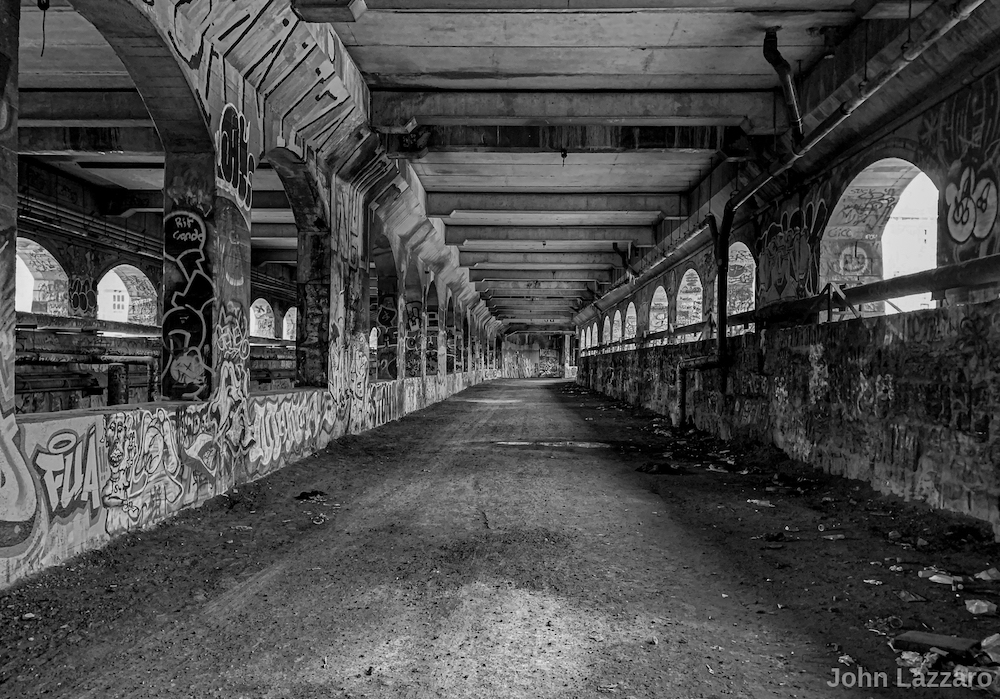
Unlike major cities such as New York, Boston, and London which had multi-storied apartments adjacent to subway lines, Rochester’s residential area was more spread out from the city center, therefore a subway was not as essential. In retrospect, the Rochester Subway was simply an alternate means of travel and about as practical as a typical bus route rather than the pinnacle of transportation as envisioned by city planners.
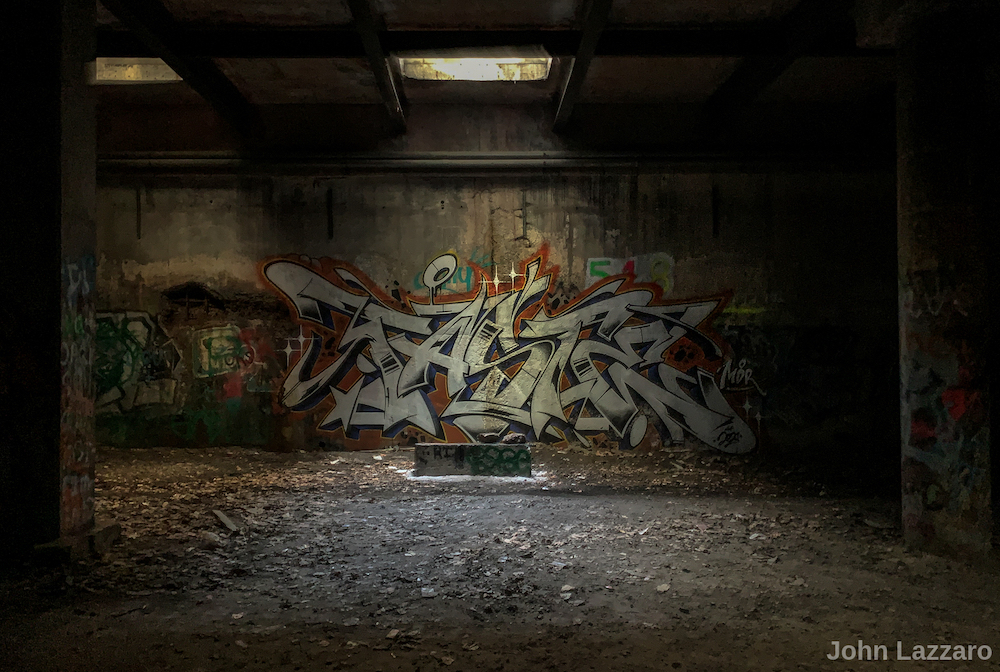
Today, the largest remaining stretch of the former railway lies in the two-mile tunnel under the Broad Street Bridge aqueduct. The tunnel walls have now become a graffiti canvas for street artists. The last existing passenger car from the subway – Rochester Transit Corp. Car No. 60 – is on display at the Rochester and Genesee Valley Railroad Museum.
Learn more about the remnants of the Rochester subway and see photos of other abandoned locations from the book A Vanishing New York: Ruins Across the Empire State, on July 12th at a live virtual talk with John Lazarro! This talk is free for Untapped New York Insiders. Not an Insider yet? Become a member today and get your first month free with code JOINUS.
Next, check out 30 Abandoned Places in NYC and Remnants of an Abandoned Tunnel From the Brooklyn Bridge to the Subway






